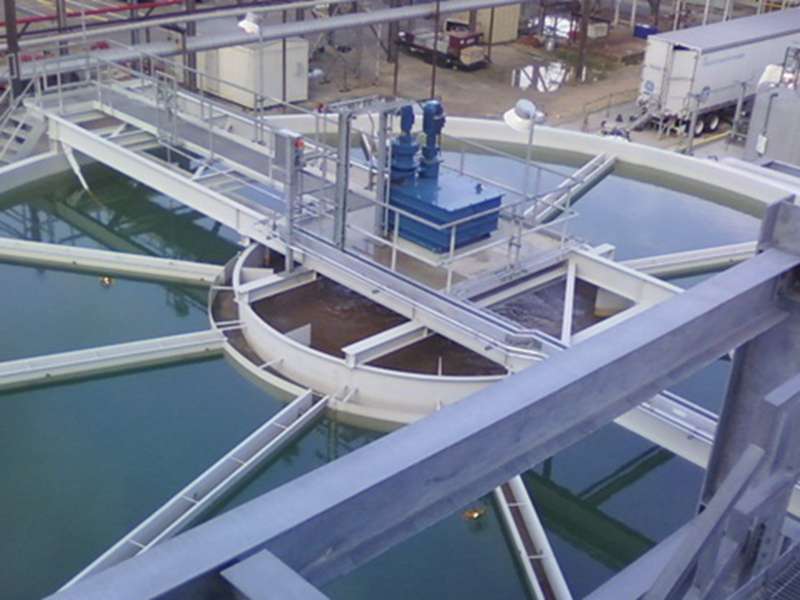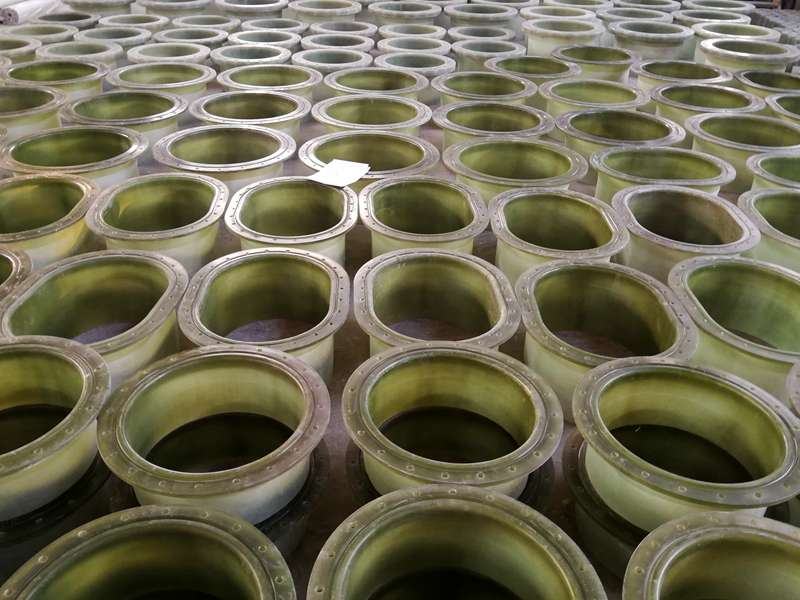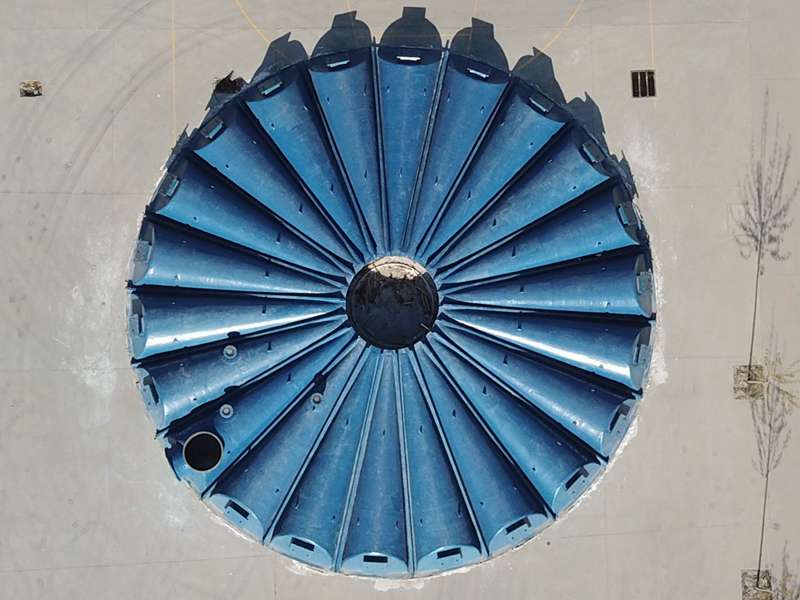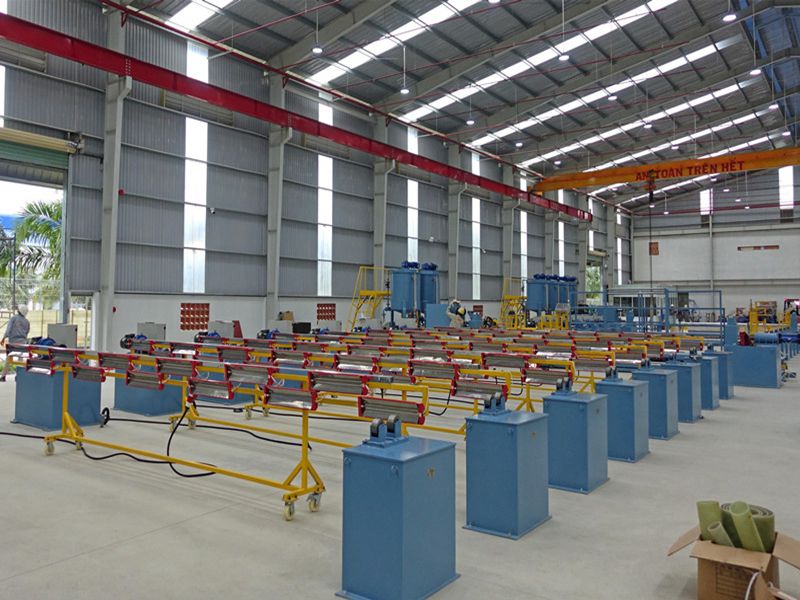
-
 Afrikaans
Afrikaans -
 Albanian
Albanian -
 Amharic
Amharic -
 Arabic
Arabic -
 Armenian
Armenian -
 Azerbaijani
Azerbaijani -
 Basque
Basque -
 Belarusian
Belarusian -
 Bengali
Bengali -
 Bosnian
Bosnian -
 Bulgarian
Bulgarian -
 Catalan
Catalan -
 Cebuano
Cebuano -
 China
China -
 China (Taiwan)
China (Taiwan) -
 Corsican
Corsican -
 Croatian
Croatian -
 Czech
Czech -
 Danish
Danish -
 Dutch
Dutch -
 English
English -
 Esperanto
Esperanto -
 Estonian
Estonian -
 Finnish
Finnish -
 French
French -
 Frisian
Frisian -
 Galician
Galician -
 Georgian
Georgian -
 German
German -
 Greek
Greek -
 Gujarati
Gujarati -
 Haitian Creole
Haitian Creole -
 hausa
hausa -
 hawaiian
hawaiian -
 Hebrew
Hebrew -
 Hindi
Hindi -
 Miao
Miao -
 Hungarian
Hungarian -
 Icelandic
Icelandic -
 igbo
igbo -
 Indonesian
Indonesian -
 irish
irish -
 Italian
Italian -
 Japanese
Japanese -
 Javanese
Javanese -
 Kannada
Kannada -
 kazakh
kazakh -
 Khmer
Khmer -
 Rwandese
Rwandese -
 Korean
Korean -
 Kurdish
Kurdish -
 Kyrgyz
Kyrgyz -
 Lao
Lao -
 Latin
Latin -
 Latvian
Latvian -
 Lithuanian
Lithuanian -
 Luxembourgish
Luxembourgish -
 Macedonian
Macedonian -
 Malgashi
Malgashi -
 Malay
Malay -
 Malayalam
Malayalam -
 Maltese
Maltese -
 Maori
Maori -
 Marathi
Marathi -
 Mongolian
Mongolian -
 Myanmar
Myanmar -
 Nepali
Nepali -
 Norwegian
Norwegian -
 Norwegian
Norwegian -
 Occitan
Occitan -
 Pashto
Pashto -
 Persian
Persian -
 Polish
Polish -
 Portuguese
Portuguese -
 Punjabi
Punjabi -
 Romanian
Romanian -
 Russian
Russian -
 Samoan
Samoan -
 Scottish Gaelic
Scottish Gaelic -
 Serbian
Serbian -
 Sesotho
Sesotho -
 Shona
Shona -
 Sindhi
Sindhi -
 Sinhala
Sinhala -
 Slovak
Slovak -
 Slovenian
Slovenian -
 Somali
Somali -
 Spanish
Spanish -
 Sundanese
Sundanese -
 Swahili
Swahili -
 Swedish
Swedish -
 Tagalog
Tagalog -
 Tajik
Tajik -
 Tamil
Tamil -
 Tatar
Tatar -
 Telugu
Telugu -
 Thai
Thai -
 Turkish
Turkish -
 Turkmen
Turkmen -
 Ukrainian
Ukrainian -
 Urdu
Urdu -
 Uighur
Uighur -
 Uzbek
Uzbek -
 Vietnamese
Vietnamese -
 Welsh
Welsh -
 Bantu
Bantu -
 Yiddish
Yiddish -
 Yoruba
Yoruba -
 Zulu
Zulu
High-Performance Fiberglass Piping Solutions for High-Pressure Applications and Systems
High-Pressure Fiberglass Piping Systems An Overview
In recent years, the demand for reliable and efficient piping systems has surged, particularly in industries such as oil and gas, chemical manufacturing, and water treatment. Among various materials available for piping, high-pressure fiberglass piping systems have garnered significant attention due to their exceptional properties and advantages. This article provides an overview of high-pressure fiberglass piping systems, focusing on their composition, benefits, applications, and future outlook.
Composition and Properties
High-pressure fiberglass piping systems are primarily made from fiberglass-reinforced plastics (FRP), combining a polymer matrix with glass fibers to enhance strength and durability. This composite structure allows the piping to withstand high pressure and temperature conditions often encountered in industrial applications. The fiberglass reinforcement provides excellent tensile strength, while the resin matrix offers chemical resistance and protects the fibers from environmental degradation.
These piping systems are available in various forms, including pipes, fittings, and flanges, which can be tailored to meet specific industry requirements. Advanced manufacturing techniques, such as filament winding and pultrusion, contribute to the consistency and quality of these products, ensuring they meet strict industry standards.
Advantages
One of the most significant advantages of high-pressure fiberglass piping systems is their lightweight nature. Compared to traditional materials like steel or copper, fiberglass pipes are considerably lighter, which eases handling, transportation, and installation. This advantage also reduces the structural support requirements, leading to lower overall project costs.
In addition to weight, fiberglass piping systems exhibit exceptional corrosion resistance, making them ideal for handling aggressive chemicals and fluids. This property significantly extends the lifespan of the piping system, reducing maintenance and replacement costs over time. Furthermore, high-pressure fiberglass pipes can cope with extreme temperatures, making them suitable for high-temperature applications.
high-pressure fiberglass piping system
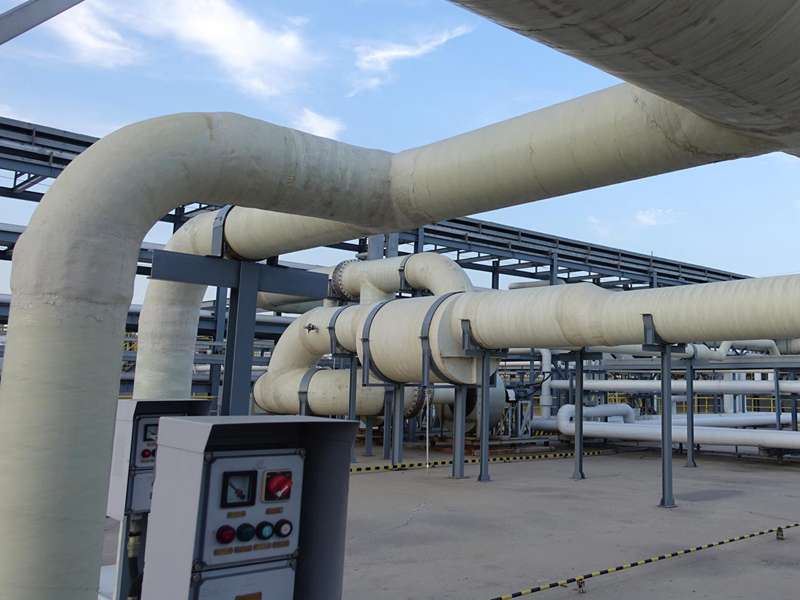
Another key benefit is their insulation properties
. Fiberglass piping systems typically have lower thermal conductivity, which helps in minimizing heat loss or gain, improving energy efficiency in processes like hot water transport or industrial heating systems.Applications
High-pressure fiberglass piping systems are employed across a wide range of industries. In the oil and gas sector, they are utilized for transporting crude oil, natural gas, and other hydrocarbons, where strength and corrosion resistance are paramount. The chemical industry benefits from these systems for the safe transport of corrosive materials, protecting both workers and the environment.
In water and wastewater management, high-pressure fiberglass pipes are commonly used in treatment plants and distribution networks due to their ability to withstand harsh conditions and chemical exposure. Additionally, the telecommunications industry uses fiberglass pipes for underground cable conduits, as the material protects sensitive cables from environmental damage.
Future Outlook
As industries continue to evolve, the demand for high-pressure fiberglass piping systems is expected to grow. The push for sustainability and environmentally friendly solutions will further drive the adoption of fiberglass pipes. With ongoing advancements in manufacturing processes and materials science, it is likely that future fiberglass piping systems will offer even better performance characteristics, including enhanced resistance to UV light and improved thermal insulation properties.
In conclusion, high-pressure fiberglass piping systems represent a versatile and robust solution for various industrial applications. Their lightweight nature, corrosion resistance, and energy efficiency make them an attractive option for companies looking to optimize their operations while maintaining safety and environmental standards. As technology advances, these systems will play an increasingly vital role in shaping the future of industrial piping solutions.



